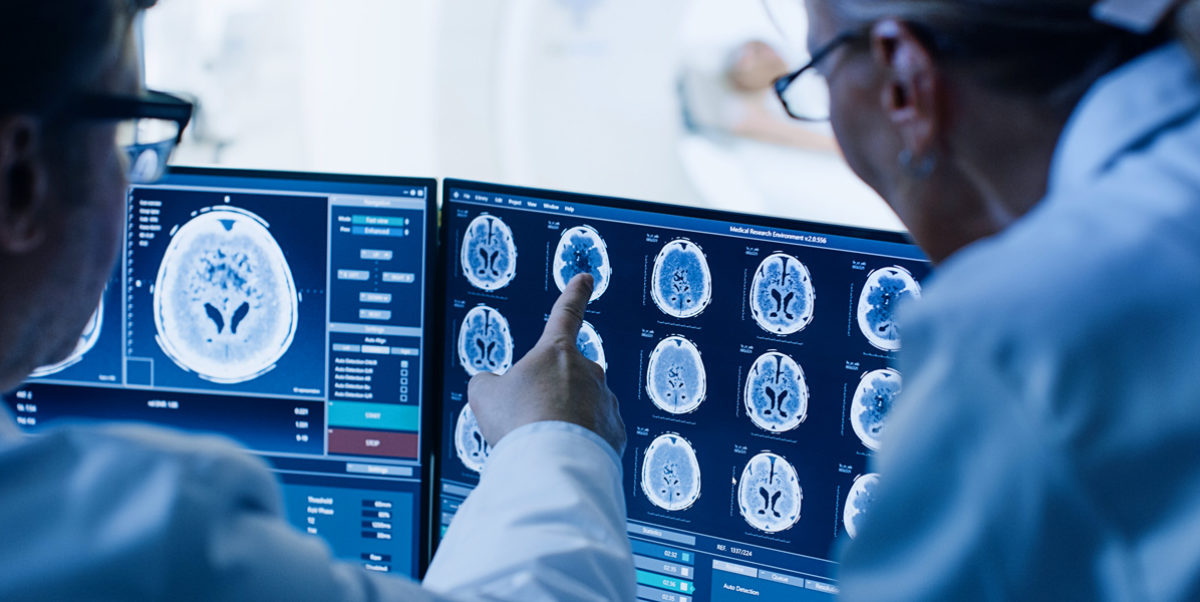Radiologic Technology

AAS Associate Program
Division of Allied Health and Professions | Medical Imaging
Radiologic Technology is a dynamic healthcare career in which practitioners use X-rays to produce diagnostic medical images for use in the identifying and treating of injuries and diseases. RTs or rad techs, as they’re often called, use an expert knowledge of the human anatomy, patient positioning, radiation safety and protocol and more to do their jobs and serve their patients on a daily basis.
The mission of Trocaire’s Radiologic Technology Program is to provide students with the theoretical foundation, laboratory skills and clinical experiences that will prepare them for entry-level positions in the field of diagnostic radiologic technology. Our graduates are well equipped to sit for the American Registry of Radiologic Technologists (ARRT) certification exam and are employed all over Western New York in a variety of settings, such as hospitals, ambulatory clinics and orthopedic offices. Graduates can also continue their studies in a bachelor’s degree level program.
Trocaire has several established opportunities for student recognition and career networking including:
- A Radiologic Technology Club expressly for RT students. The club aims to bring together students to promote personal and professional growth, as well as advocate and support the profession. The club also offers RT scholarship money.
- Lambda Nu – the National Honor Society for the radiologic and imaging sciences. The Trocaire Chapter, New York Beta, recognizes outstanding students who have demonstrated exemplary scholarship and dedication to their chosen profession.
Applicants to the Radiologic Technology program must be aware that they may be exposed to a Magnetic Resonance Imaging (MRI) environment during any clinical rotation. An MRI environment utilizes strong magnetic fields and radiofrequency waves. If an individual has an MRI contraindicated device or metal implanted in or on their body they should not enter the MRI environment. Additional information regarding MRI safety can be found on the internet and at the following web site: www.mrisafety.com.
AAS Radiologic Technology
Program Format
Time of Program: Day
Mode of Delivery: On-site/Seated
PROGRAM-LEVEL – STUDENT LEARNING OUTCOMES
Temporary Medical Imaging Program Director
Date Updated: September 2024
Program Mission Statement: Grounded in Mercy and service to community, the Radiologic Technology Program at Trocaire College provides students with the theoretical foundation, laboratory skills, and clinical experiences that enable them to become compassionate and competent entry level radiologic technologists. Adhering to the positive characteristics and ethics of the profession, Trocaire College students graduate with a dedication to self and others, delivering quality care to culturally diverse patients while continually striving to improve their knowledge of the field. The program embraces the mission and the operating principles of Trocaire College in presenting a comprehensive education to its students.

